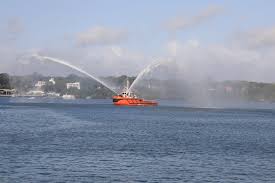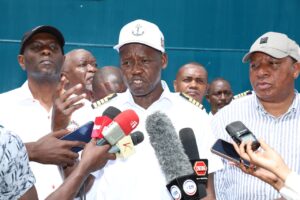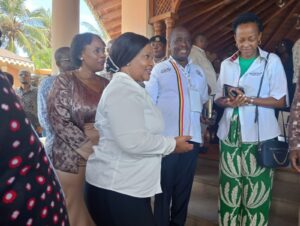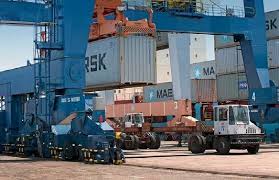Turning Taps Back On: Coastal Resident’s Road-Map from Dry Taps to Lasting Water Security
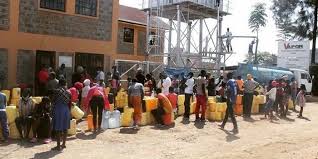
Kilifi County Residents queue for water. (photo/Courtesy)
By The COAST Reporter
Email, thecoastnewspaper@gmail.com
Waiting for maji…
For the past week, I have joined hundreds of neighbours waiting for the trickle that begins at 9am and stops by noon.
Schools close early because the toilets cannot flush; hoteliers in Malindi budget Ksh5,000 every other day for water trucks; and the Coast Water Works Development Agency (CWWDA) has told us, politely but firmly, that the valves will stay closed until a Sh3.3 billion debt is restructured.
Mombasa is luckier, only rationed every second day, but the utility concedes that roughly half of the water it buys never reaches customers.
This is the third multi-day shut-down I have lived through since 2017. Each cycle follows the same script: arrears, disconnection, emergency payment, re-connection, leakage.
Breaking the loop requires us to look beyond the immediate bill and examine the pipes, pumps and finances that carry, or fail to carry, our water.
A system built for a smaller coast
The Coast is not short of water; it is short of infrastructure that can move that water reliably.
The Sabaki/Galana system conveys an average of 6 billion cubic metres of water to the ocean each year—enough to meet domestic demand in Kilifi and Mombasa roughly 180 times over.
At present we abstract only about 30,000m³ daily, drawn from the Baricho aquifer beneath the river-bed rather than from surface flow. The limiting factor is what happens after abstraction: roughly one litre in two is lost to leaks, illegal connections and inaccurate metering.
When a utility loses that volume, revenue cannot cover electricity, chemicals or bulk-supply bills, and debt accumulates.
Addressing the arrears without tackling leakage and billing is therefore a short-term measure.
Three common proposals and their limits:
“Pay the bill and walk away.”
A bridge loan would reopen the valves, but the underlying leakage (around 50 %) would push debt back to current levels within two years.
“Drill more boreholes.”
Emergency boreholes can provide temporary relief; however, existing monitoring already shows saline intrusion in parts of Mambrui and Takaungu. Unlimited borehole expansion risks long-term aquifer damage.
“Wait for the mega-project.”
The approved Sh 46 billion Sabaki Water PPP promises 80,000 m³/day of treated bulk water by 2028. It is a sound long-term initiative, but construction will not start until financial close expected in late 2026.
Communities need solutions that begin well before that date.
A two-track approach that has worked elsewhere
Track A – Emergency performance-based lease (0–12 months)
– Use the crisis-procurement clause in the PPP Act (s. 74(2)(c)) to lease two containerised 10,000m³/day reverse-osmosis units.
– Place them on Kenya Ports Authority land at Kilifi and Likoni to avoid lengthy land acquisition or environmental studies.
Channel the Sh 800 million Treasury is already considering for arrears into a Viability Gap Fund that caps household tariffs at about KES 35/m³.
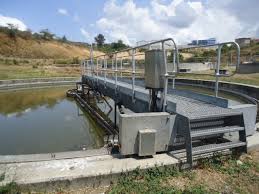
Award a five-year operating lease to a private operator required to reduce leakage below 25% within 18 months; failure triggers a performance bond.
Dakar used a similar emergency PPP in 2016: non-revenue water fell from 32% to 18% in 14 months and tariffs declined 12% as collections improved.
Track B – Structural bulk PPP (2–20 years)
– Build on the existing Sabaki Water Project design: 75 km pipeline, 80,000 m³/day treatment plant, sewerage works and universal metering.
– Proceed once county utilities achieve minimum credit-worthiness (collection efficiency ≥ 90%).
– Blend long-term DFI debt with a capped VGF so that the resulting tariff stays close to KES 45/m³, similar to today’s Nairobi Water price.
– Parallel experiences Amman’s Samra wastewater PPP and Durban’s Umkhomazi water concession show the model is bankable when demand risk is shared and forex exposure is hedged.
Safeguards for consumers and taxpayers
– Source-to-tap turnkey contract prevents the public from inheriting an isolated intake with no distribution network.
– Availability-based payments are subject to quarterly audits by the Water Services Regulatory Board (WASREB) to protect consumers from cost over-runs.
– A clear hand-back clause ensures assets are transferred in “good-as-new” condition after the concession period, giving local utilities a rehabilitated system without the capital burden.
The price of inertia
The World Bank estimates that every day of rationing costs Kilifi and Mombasa about Ksh120 million in lost tourism revenue, industrial output and household time.
Over one year this equals roughly Ksh43 billion, almost the full cost of the Sabaki programme. Maintaining the status quo is therefore the most expensive option available.
A practical way forward
An emergency performance lease can restore supply within months, while the longer-horizon Sabaki-style PPP builds the resilient backbone we will need for the next twenty years.

Both tracks are already provided for in Kenya’s PPP law and have precedents across Africa. What is required is a coordinated decision by county and national governments, CWWDA, regulators and financiers to implement them in sequence rather than in isolation.
Reliable water is not a gift, it is the outcome of predictable finance, sound infrastructure and accountable management.
With the right blend of short-term urgency and long-term planning, the coast can turn the taps back on and keep them open.
Time to change the pipes and not just the narrative.

